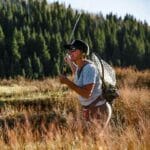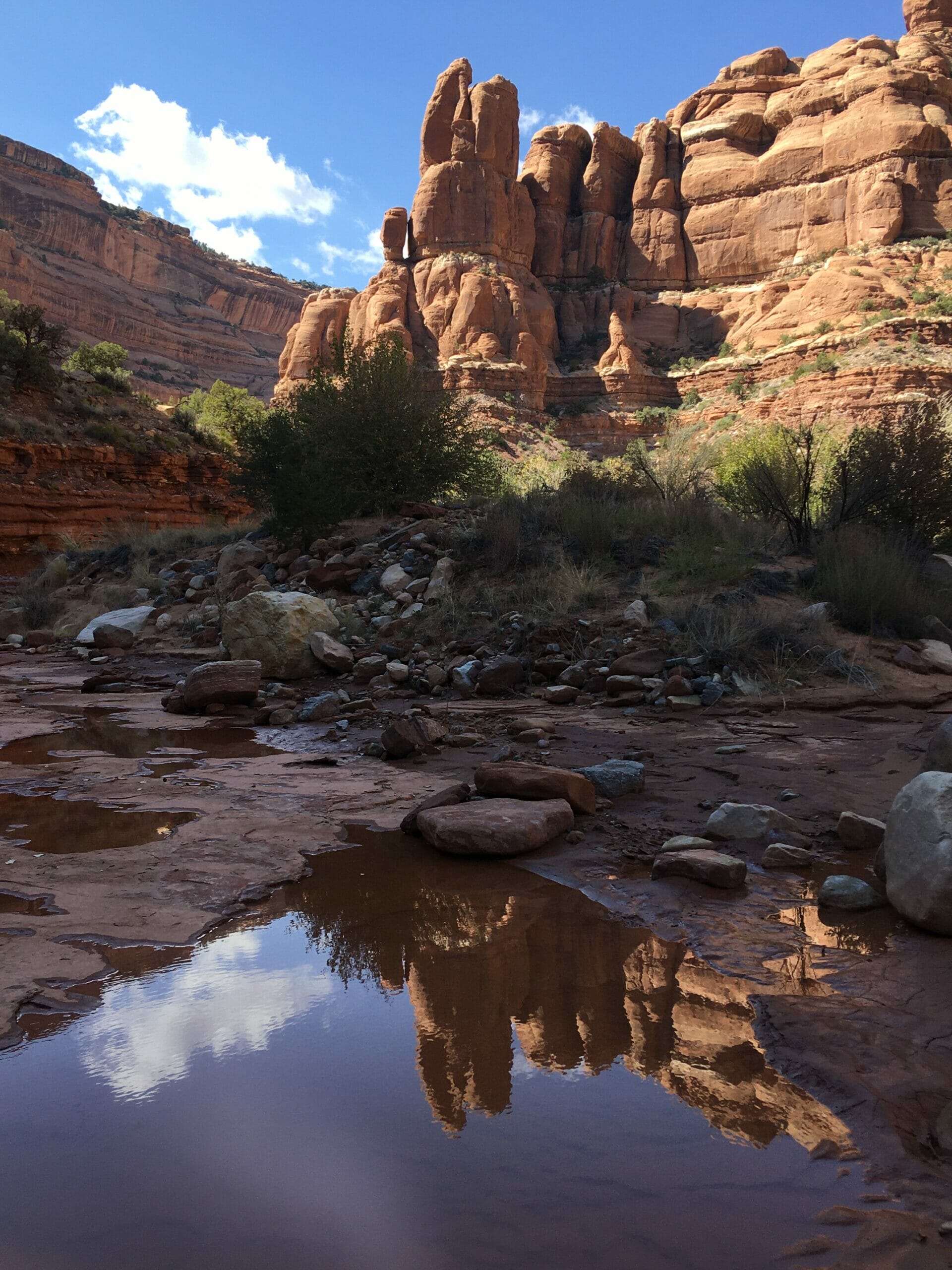For many within the ranks of TU, a river is not a river if no fish live in it. And until recently, I couldn’t have agreed more, but a recent trip to a very dry desert in southwestern Utah helped change my mind.
As you’ve probably heard, the Southwestern U.S. is in a megadrought. We haven’t seen the likes of this in 1,200 years and it’s only been going on for 20 years, so far. But, with a recent storm the Yukon sent us, the area received much-needed rain and snow, which crippled our anniversary plans to backpack and fish along a section of the Continental Divide Trail above 11,000 feet. So, to the desert we went.
Driving through rain, fog and some snow, we weren’t optimistic about our chances of getting to the trailhead on the clay-like muddy roads, but we also knew we could likely recalculate the water we needed to carry. We finished rigging our packs, dumped a little water and off we went.
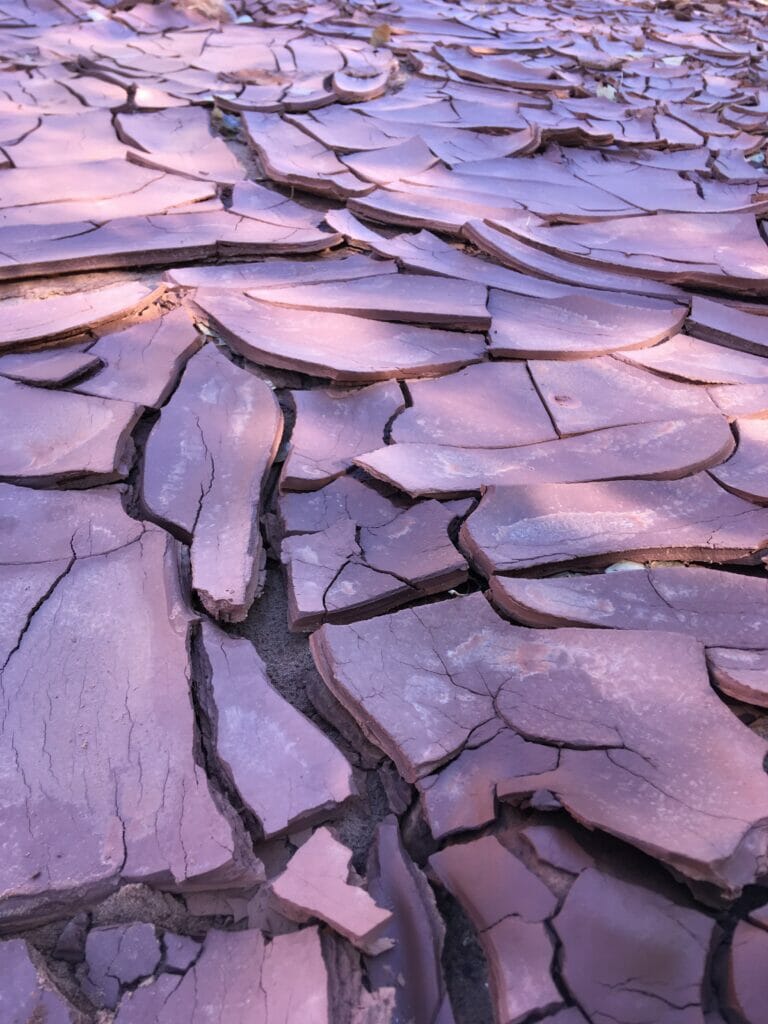
We descended into one canyon we knew had year-round water, and indeed it did. This canyon is rumored to hold a few native desert species like the chub, and the minute we hit the canyon bottom we could see why. The first hole had cattails and was surrounded by cottonwoods. While we didn’t see any fish, we slipped through the mud and traversed more water crossings than we could count as we continued down.
Our first night, we camped at what turned out to be the last of the reliable water, and there was actual flow. While gazing at the red sandstone cliffs, the secret arch and color-changing cottonwoods, we relaxed knowing all our water was filled and ready for the next hot day.
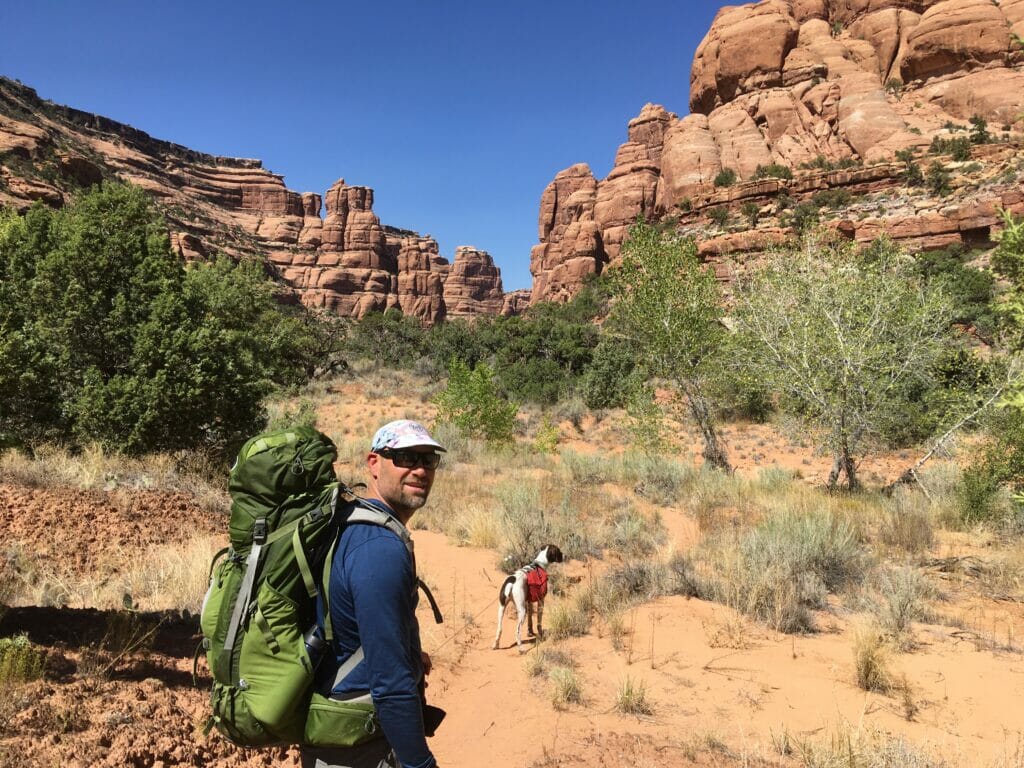
Up the next canyon, things were dry. Prickly pear and barrel cactus dotted the landscape, and by the time lunch rolled around we were ready for a break. We found one clear pool left from the storm and filled up every bottle. As we plodded along, the packs felt heavier in the hot afternoon sun, but we heard rumors of more water ahead. And indeed, just in time, we came to a pool about 30 feet across below a giant drop-off in the sandstone. Swallows were buzzing about and we even spied a few damselflies. We set up camp just upstream from this section.
Sitting at the top of the dry falls, we listened to water droplets hitting the big pool below and watched bats circle overhead. After a restful night’s sleep, we awoke to the hoots of an owl. How glorious to have so much water in the desert.
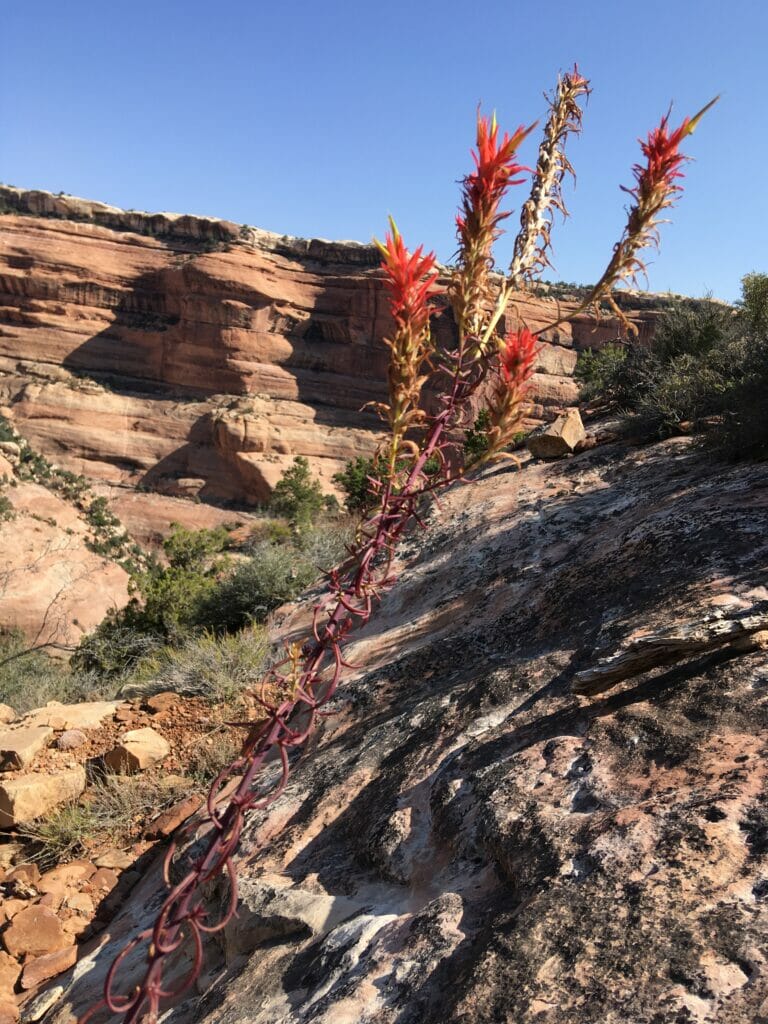
Following this next canyon upstream, we continued to come across more and more water. It was cool and clean and perfectly quenching. While these certainly weren’t rivers as anglers know them, their life-giving serenity in an otherwise parched landscape was respite for us and all else that thrives in these deserts. My definition of a river has been slightly altered.
Kara Armano is the southwest region communications director for Trout Unlimited.


